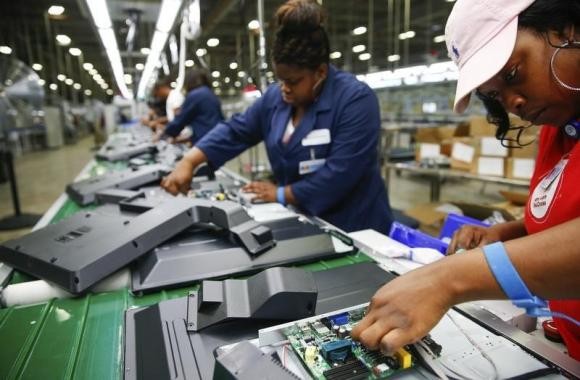Unemployment in the U.S. has fallen to 5.5 percent, a seven-year low; and in February employers added a robust 295,000 jobs, with eyes now on the Fed to raise short-term interest rates. Still, these figures are less promising than they might seem at first, because several people ceased being officially "unemployed" when they stopped looking for work.
The 5.5 unemployment rate falls within the status that economists term "full employment," according to The Seattle Times. This is when the ratio of unemployed citizens drops to a figure that is so low that employers must boost wages to find enough qualified workers.
Afterwards, companies typically raise prices to offset the higher salaries. Like clockwork the Fed typically then creases its short-term rate, to slow growth and keep inflation in check.
For 12 consecutive months employers have added at least 200,000 jobs to their payrolls, the longest streak since 1994-95 during the Bill Clinton Administration. The jobless rate is also the lowest since May 2008, according to Wall Street Journal.
The U.S. is greatly outperforming other major economies. For instance, the unemployment rate in the EU (European Union) is about twice as high as the U.S. figure: 11.2 percent.
The bottom line is that the U.S.'s job market is quickly improving, but is not as healthy as it appears. As a result, the Federal Reserve must determine whether or not it should boost interest rates in June.
Nevertheless, investors predict that the Fed will soon increase the short-term interest rate. They also sold stocks, causing the Dow Jones industrial average to skydive 276 points during trading in the afternoon.
The bottom line is that post-The Great Recession, a 5.5 unemployment rate is not the benchmark it once was. Since the end of the recession in June 2009, only 62.8 percent of adults have been working or searching for work.



























